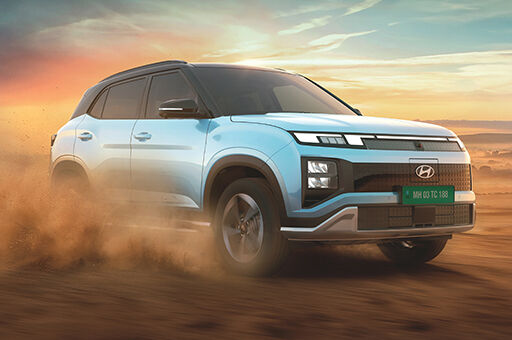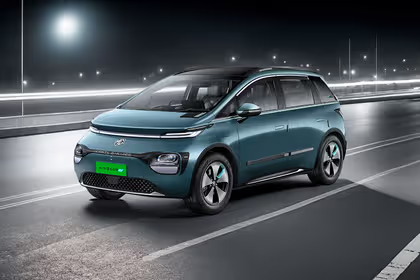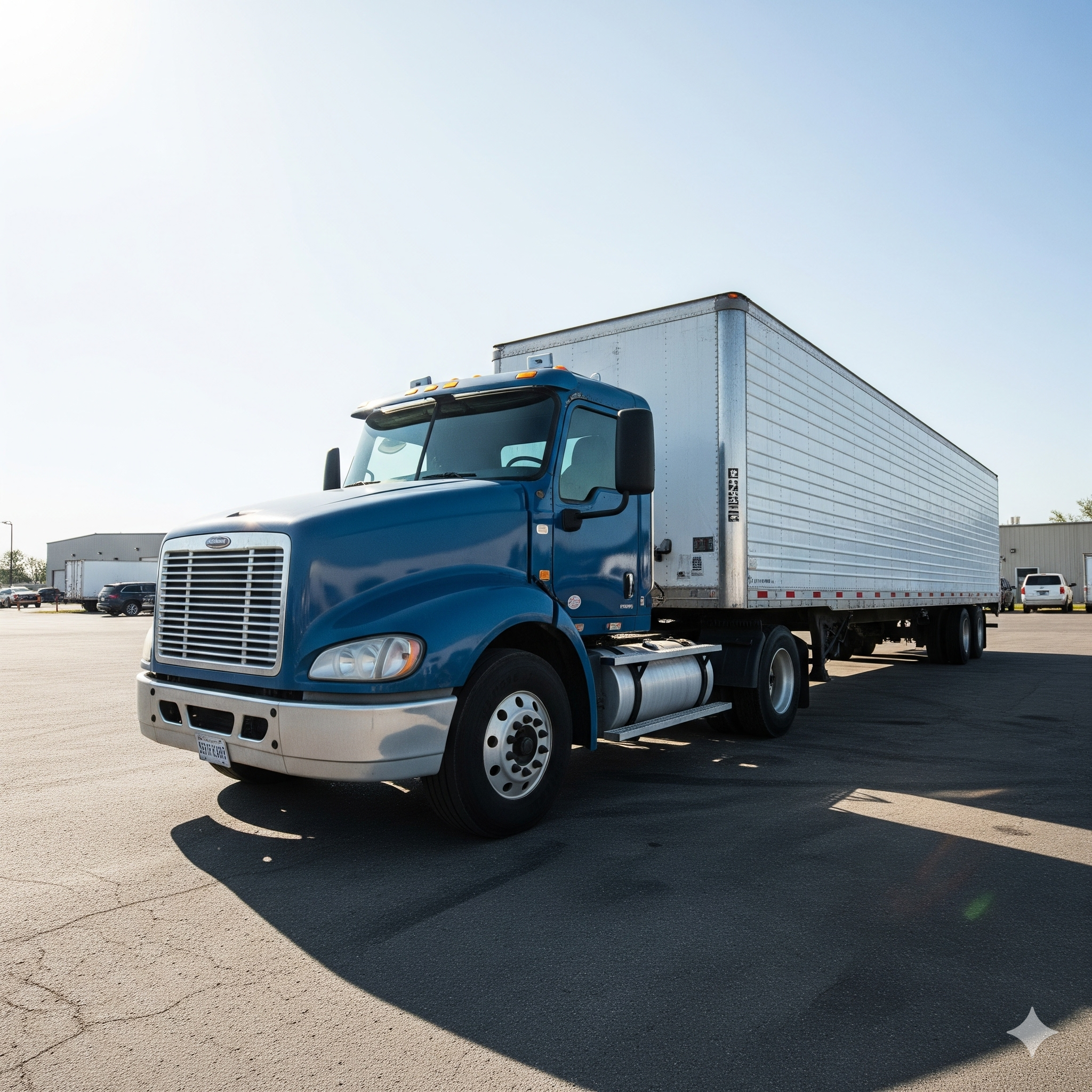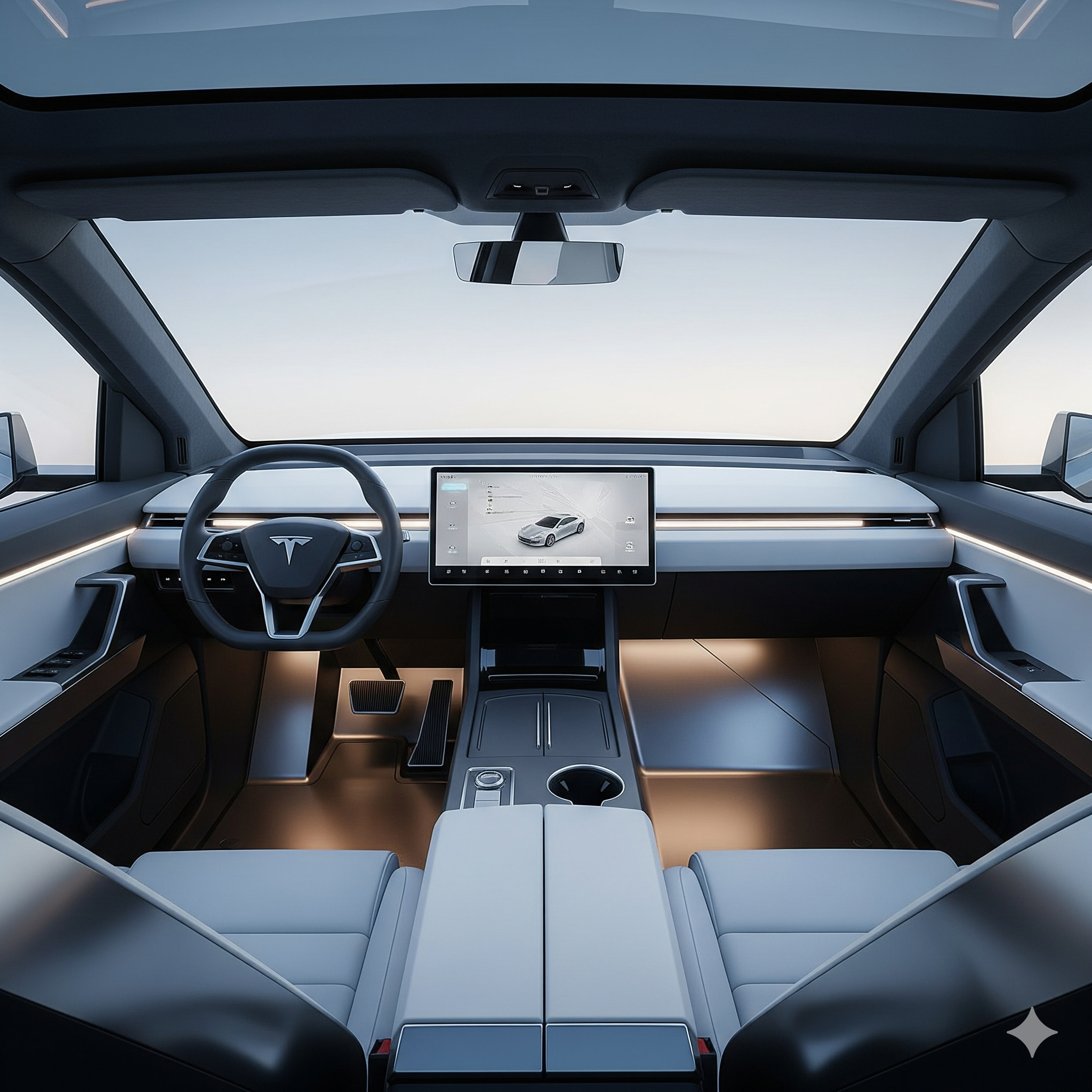In recent years, Tesla has been at the forefront of electric vehicle (EV) technology, gaining significant popularity due to its innovation and impressive features. However, despite its successes, the company has faced controversies and scrutiny, particularly surrounding the safety of its vehicles. One of the most significant topics that have stirred public attention is the occurrence of Tesla crashes. These incidents, involving the company’s electric cars, have sparked concerns over the safety of autonomous driving technology and the overall reliability of Tesla vehicles.
In this article, we will explore the details of Tesla crashes, what caused them, and how the company has responded to these incidents. We will also discuss the broader implications for the future of self-driving technology and the automotive industry as a whole.
The Rise of Tesla: Innovation Meets Safety Concerns
Tesla, founded in 2003 by Elon Musk, has revolutionized the automotive industry with its electric vehicles. The company’s vehicles are known for their advanced technology, long-range capabilities, and high performance. Tesla’s electric cars, such as the Model S, Model 3, Model X, and Model Y, have become synonymous with modern, eco-friendly driving.
However, with the introduction of Autopilot, Tesla’s semi-autonomous driving system, there has been a growing concern regarding the safety of these vehicles. Autopilot is designed to assist drivers with steering, acceleration, and braking under certain conditions, but it has been involved in several high-profile crashes. These crashes have raised questions about the reliability of the system and the ability of drivers to remain alert while using it.
Despite Tesla’s strong safety ratings from organizations like the National Highway Traffic Safety Administration (NHTSA), the company has faced criticism for not doing enough to ensure the safety of its drivers. Some of the crashes have involved the car’s self-driving capabilities failing to respond to obstacles, while others have occurred due to driver error or misuse of the Autopilot system.
Notable Tesla Crashes: What Went Wrong?
While Tesla vehicles are often praised for their performance, safety, and innovative technology, some high-profile accidents involving these cars have garnered significant media attention. Below are a few notable Tesla crashes that have raised concerns:
1. The 2016 Fatal Crash in Florida
One of the most widely discussed Tesla crashes occurred in May 2016 when a Tesla Model S, operating in Autopilot mode, was involved in a fatal collision with a truck in Florida. The driver, Joshua Brown, was killed when the Tesla failed to recognize the white side of the truck against a bright sky. The vehicle’s sensors were unable to detect the truck, and the car continued traveling at 74 mph, crashing into the vehicle. The incident led to a wave of concerns regarding the reliability of Tesla’s Autopilot system and whether it could be trusted to prevent accidents.
In response to this, Tesla stated that the Autopilot system was not intended to be fully autonomous and that the driver was still responsible for paying attention and being ready to take control of the car. This tragedy highlighted the potential dangers of relying too heavily on autonomous driving features.
2. The 2018 Tesla Model X Crash
In March 2018, a Tesla Model X was involved in a fatal crash in California. The vehicle was traveling at high speed when it collided with a concrete barrier. According to reports, the Autopilot system was engaged at the time of the accident. The crash resulted in the death of the driver, and the subsequent investigation revealed that the vehicle had been unable to detect the barrier until it was too late.
Tesla’s response to the crash was consistent with its previous statements, emphasizing that drivers should remain engaged and not rely solely on Autopilot to avoid accidents. In this case, it was determined that the driver had not taken control of the vehicle despite multiple warnings from the car’s system.
3. The 2021 Tesla Model S Crash in Texas
A highly publicized incident occurred in April 2021 when a Tesla Model S crashed into a tree in Texas, resulting in the deaths of two passengers. Early reports indicated that no one was in the driver’s seat, which raised suspicions about the use of Autopilot or Full Self-Driving (FSD) features. However, subsequent investigations revealed that the car’s Autopilot system was not engaged at the time of the crash. This incident highlighted the potential dangers of misusing Tesla’s advanced driving systems and the possibility of drivers attempting to deceive the system or leave the driver’s seat unoccupied.
Investigators also pointed to the fact that Tesla’s FSD system was still in its developmental stages, leading to questions about the extent to which it should be deployed in public roads.
The Role of Autopilot and Full Self-Driving Features in Tesla Crashes
A significant contributing factor to many Tesla crashes has been the use of Tesla’s Autopilot and Full Self-Driving (FSD) features. While these systems are marketed as advanced tools that can assist drivers, they have limitations that need to be understood and respected.
Autopilot: A Driver Assistance System, Not Fully Autonomous
Autopilot is an advanced driver-assistance system (ADAS) that allows the vehicle to steer, accelerate, and brake automatically under certain conditions. However, it is not a fully autonomous driving system, and Tesla has repeatedly emphasized that drivers must remain alert and ready to take control of the vehicle at all times.
In several crashes, the driver was reported to have been either not paying attention to the road or engaging in distracted driving. Despite the warnings, the system’s failure to detect potential hazards or respond appropriately led to accidents. These cases have sparked debates about whether Tesla’s advertising of Autopilot has created unrealistic expectations for drivers, leading them to over-rely on the system.
Full Self-Driving (FSD): The Future of Tesla or a Risky Gamble?
Full Self-Driving (FSD) is an upgraded version of Autopilot that promises to take autonomous driving even further, including navigating through city streets, stopping at traffic lights, and making lane changes without driver intervention. However, as of now, FSD is still in its beta stage and is far from perfect. Tesla has made it clear that the system requires continuous human oversight, but the potential for human error or overconfidence in the system remains high.
Despite its promise, FSD has been involved in several high-profile crashes, including some fatal ones. Many experts question whether Tesla is pushing the limits of autonomous driving too quickly without fully understanding the risks involved. As the technology continues to evolve, the question remains whether it is safe enough to be deployed on a wide scale without posing significant safety risks to drivers and pedestrians.
The Future of Tesla and Autonomous Driving
Tesla’s CEO, Elon Musk, has been vocal about his belief that self-driving cars are the future of the automotive industry. He has set ambitious goals for the company, including making fully autonomous vehicles a reality within the next few years. However, recent crashes involving Tesla vehicles have cast a shadow over these lofty goals.
As the technology behind self-driving vehicles continues to improve, it is likely that Tesla and other companies will face increased regulatory scrutiny. Governments worldwide are beginning to look more closely at autonomous vehicle technology, and stricter safety standards may be enforced to ensure that these systems are safe for public use.
For Tesla, the key to overcoming these challenges lies in refining its Autopilot and FSD systems and ensuring that drivers fully understand the limitations of these technologies. Furthermore, better education and awareness campaigns about the importance of driver attention and responsibility could help prevent future accidents.
Conclusion: A Step Toward Safer Roads or a Hazard?
Tesla has made great strides in revolutionizing the automotive industry, but the crashes involving its vehicles have raised important questions about the safety of autonomous driving systems. While Tesla’s cars are among the safest on the road in terms of crash-test ratings, the implementation of semi-autonomous technology has introduced new risks that must be carefully managed.
The future of self-driving cars is still uncertain, but one thing is clear: technology must evolve alongside safety protocols to ensure that the roads are as safe as possible for everyone. Tesla has a responsibility to continue improving its systems, and drivers must take care to understand their role in ensuring their safety. The question remains: will the promise of autonomous driving lead to safer roads, or will it be a risky venture that needs to be carefully scrutinized and regulated? Only time will tell.

![🚗 Tata Curvv EV: Price, Range & Specs [2025 Update]](https://yuluelectricbike.com/wp-content/uploads/2025/05/ecqunb_tata-curvv-front-3-quarters-hd_625x300_13_July_24.jpg)









Leave a Reply